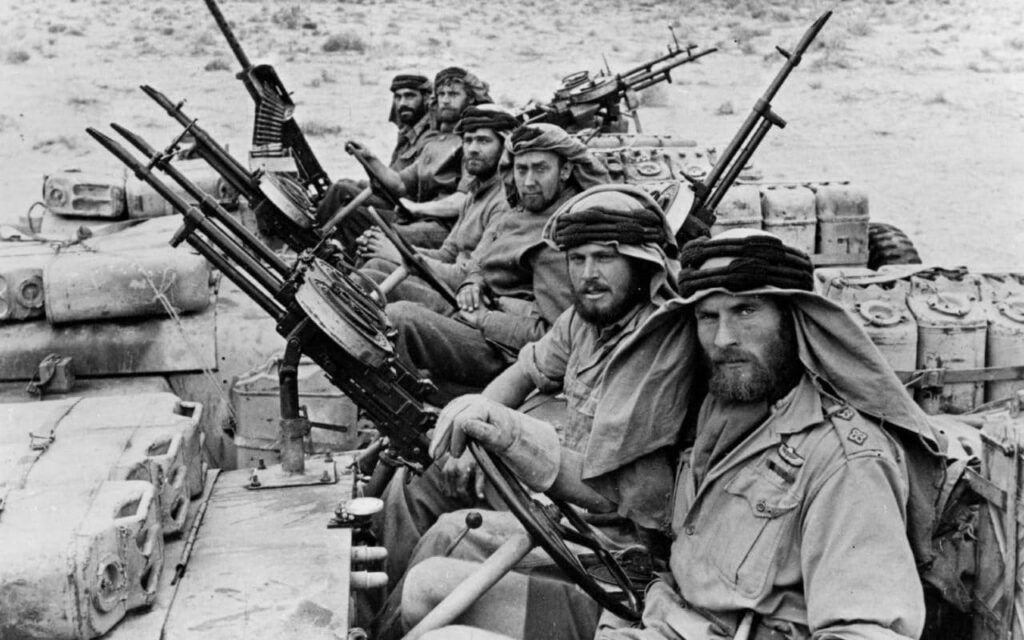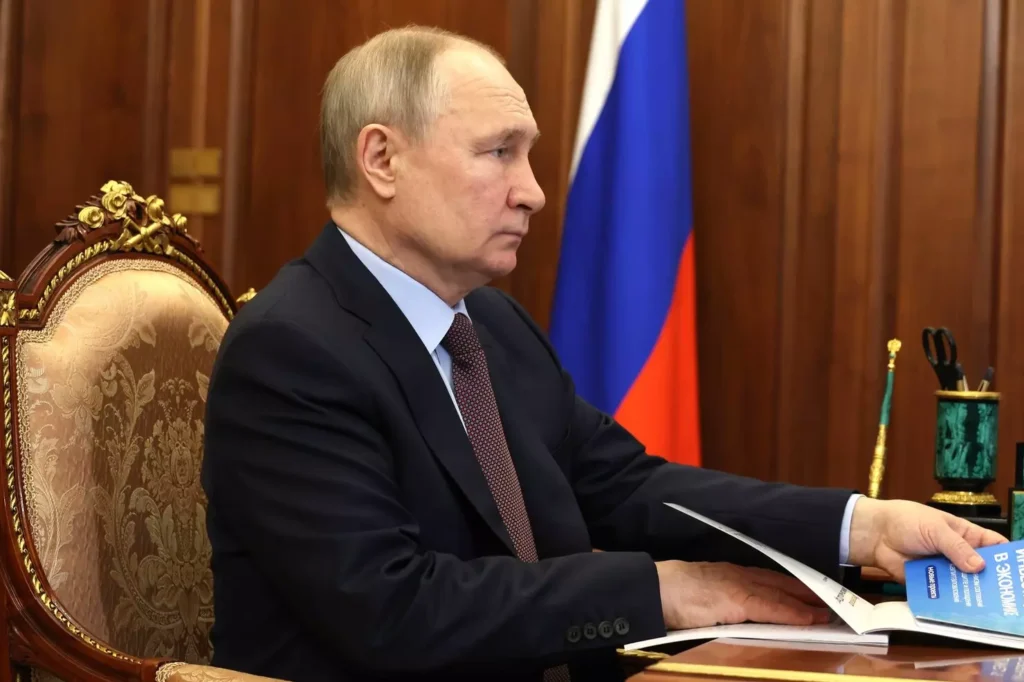Your daily tactical update on Ukraine (May 11)
- By Stavros Atlamazoglou
Share This Article

It has been 77 days since the Russian invasion began. On Wednesday, the Ukrainian military is pushing back in several places, and halting the Russian advance in three places. Meanwhile, the Russian military is still searching for a breakthrough in the Donbas and continues to attack the last Ukrainian defenders at the Azovstal steelworks plant in Mariupol.
Ukrainian counterattacks
According to the Ukrainian General Staff, the Ukrainian forces have halted the Russian offensive in three places. First, in the north near Kharkiv and Izium; second, in the southwest near the strategic city of Kherson; and third in Zaporizhzhia in the southeast. In those areas, the Russian military has assumed defensive positions. The claims of the Ukrainian military are corroborated by the Pentagon and the British Ministry of Defense.

In particular, in Kharkiv, Ukraine’s second-largest city, the Ukrainian military has pushed the Russian forces 40 miles back and it is now extremely close to the Russian border. A key railway line that has been supplying Russian forces in the Donbas lies just south of where the Ukrainian forces are. Should the Ukrainians be able to reach the railway line or damage it with long-range fires, the Russian military in the Donbas will be seriously hampered.
The Russian military is focusing its efforts in the area between Izium and Sloviansk in the Donbas, but it is failing to achieve the breakthrough it has been searching for over the past three weeks.
As of Wednesday, the Russian military has deployed 99 operational battalion tactical groups inside Ukraine, adding 2 airborne battalion tactical groups over the last 24 hours. A combined-arms task force, the battalion tactical group is the main warfighting unit of the Russian military. It is composed of 800 to 1,000 men and includes tanks, mechanized infantry and combat engineers, and air defenses and electronic warfare capabilities depending on its role and composition.
Almost three months of fighting have also taken their toll on the Russian precision-guided munitions. As a result, the Russian Aerospace Forces rely increasingly more on dumb bombs, killing and wounding more civilians in the process.
“On the precision-guided front, again, I don’t really have anything new to offer here. We see an increasing reliance on dumb bombs, for instance, in Mariupol. We know that they have burned through quite a bit of their precision-guided munitions. It doesn’t mean that they don’t have any left but we know that they have expended quite a bit,” a senior U.S. defense official said during a press briefing.
The stated goal of the Russian military for the renewed offensive in the east is to establish full control over the pro-Russian breakaway territories of Donetsk and Luhansk and create and maintain a land corridor between these territories and the occupied Crimea.
Russian casualties
Every day, the Ukrainian military is providing an update on their claimed Russian casualties. These numbers are official figures and haven’t been separately verified. However, Western intelligence assessments and independent reporting corroborate, to a certain extent, the Ukrainian casualty claims. For example, the Oryx open-source intelligence research page has visually verified the destruction or capture of more than 500 Russian tanks, a statement that has been reaffirmed by the British Ministry of Defense.
As of Wednesday, the Ukrainian Ministry of Defense is claiming the following Russian casualties:
- 26,350 Russian troops killed (approximately three times that number wounded and captured)
- 2,856 armored personnel carriers destroyed
- 1,997 vehicles and fuel tanks
- 1,187 tanks
- 528 artillery pieces
- 390 unmanned aerial systems
- 199 fighter, attack, and transport jets
- 185 Multiple Launch Rocket Systems (MLRS)
- 160 attack and transport helicopters
- 94 cruise missiles shot down by the Ukrainian air defenses
- 87 anti-aircraft batteries
- 41 special equipment platforms, such as bridging equipment
- 12 boats and cutters
- four mobile Iskander ballistic missile systems
Read more from Sandboxx News
Related Posts
Sandboxx News Merch
-

A-10 ‘Thunderbolt Power’ Poster
$22.00 – $28.00 Select options This product has multiple variants. The options may be chosen on the product page -

F-35 ‘Lightning’ Poster
$22.00 – $28.00 Select options This product has multiple variants. The options may be chosen on the product page -

F-35 ‘Evolution’ Poster
$22.00 – $28.00 Select options This product has multiple variants. The options may be chosen on the product page
Stavros Atlamazoglou
Greek Army veteran (National service with 575th Marines Battalion and Army HQ). Johns Hopkins University. You will usually find him on the top of a mountain admiring the view and wondering how he got there.
Related to: Military Affairs, Ukraine

The Long Range Desert Group and the birth of special operations around the world

SDV: The secret weapon of the Navy SEAL Teams

C-5 Super Galaxy: Anywhere in the world in 24 hours

Ukraine peace negotiations don’t look promising
Sandboxx News
-

‘Sandboxx News’ Trucker Cap
$27.00 Select options This product has multiple variants. The options may be chosen on the product page -

‘AirPower’ Classic Hoodie
$46.00 – $48.00 Select options This product has multiple variants. The options may be chosen on the product page -

‘AirPower’ Golf Rope Hat
$31.00 Select options This product has multiple variants. The options may be chosen on the product page -

‘Sandboxx News’ Dad Hat
$27.00 Select options This product has multiple variants. The options may be chosen on the product page
